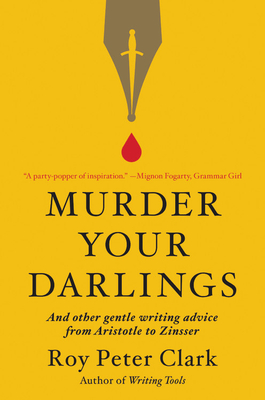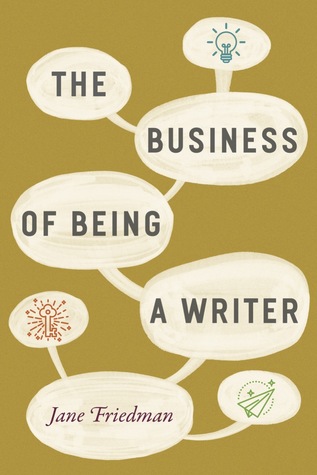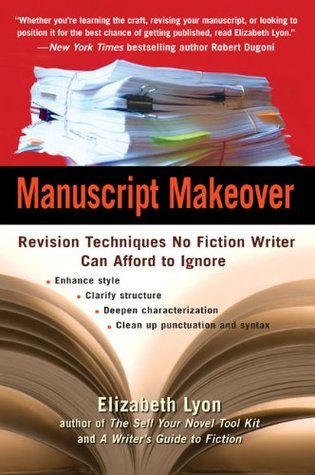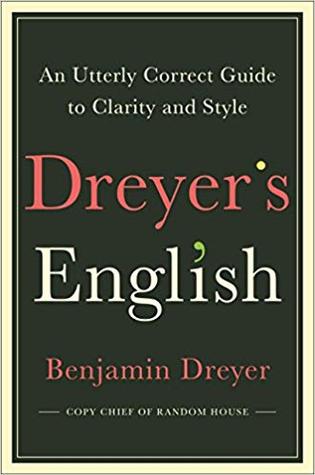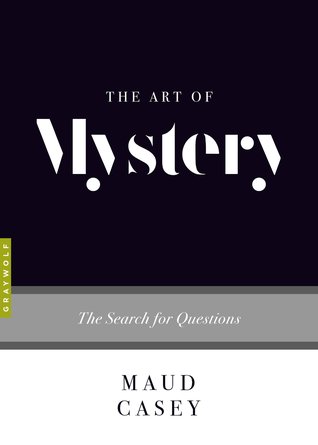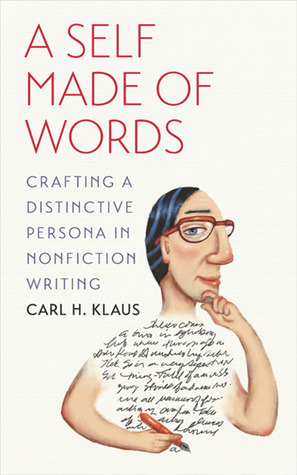In principle, it seemed like
something I’d be in favour of: saving the cat. But when I spotted Jessica
Brody’s book in the library catalogue, I wasn’t familiar with screenwriter
Blake Snyder’s Save the Cat!®method.
Never mind: Brody clearly
outlines each element –each ‘beat’ – that Snyder identifies. “Read it. Learn
it. Love it! The Save the Cat! Beat Sheet is divided into three acts (or parts),
which are further subdivided into fifteen total beats (or plot points).”
This is the stuff of a weekend
seminar weekend designed to rev your creative engine: even just opening the
book cover, you half expect to find a T-shirt, fridge magnet and logo-embossed
bandanna inside.
Nonetheless, beneath the snazzy
veneer are some key concepts designed to assist novelists and storytellers. For
instance, consider the question of likeability, the cornerstone of Snyder’s
method, which originated from the scenario that “you’ve got a douchebag of a
hero, desperately in need of some de-douchbagging, walking around doing
douchebaggy stuff when suddenly he sees a cat stuck up in a tree”. Doucebag
saves cat.
At a certain point becomes
ineffective of course, when there are so many douchebags saving cats that some
of the douchbags will need to open cat sanctuaries to set themselves apart from
the ordinary douchebag who simply chooses to save a single cat. (Some may even
have to widen their base, invite donkeys or ducks.) But the concept running
beneath remains valid: complicate your characterization.
Brody aims to expose the common
tenets in storytelling. She identifies “ten universal lessons” in “almost every
novel throughout time”:
- FORGIVENESS: of self or of others
- LOVE: includes self-love, family love,
romantic love
- ACCEPTANCE: of self, of circumstances, of
reality
- FAITH: in oneself, in others, in the world,
in God
- FEAR: overcoming it, conquering it, finding
courage
- TRUST: in oneself, in others, in the unknown
- SURVIVAL: including the will to live
- SELFLESSNESS: including sacrifice, altruism,
heroism, and overcoming greed
- RESPONSIBILITY: including duty, standing up
for a cause, accepting one’s destiny
- REDEMPTION: including atonement, accepting blame,
remorse, and salvation.
The examples she provides to illustrate her theory are
contemporary and recognizable. She outlines, for instance, Heart-Shaped Box by Joe Hill, The
Girl on the Train by Paula Hawkins, and Everything,
Everything by Nicola Yoon.
Seventeen novels are discussed in detail, including
children’s books and various genres with a couple of classics. Not dramatically
diverse selections, but commercially successful titles. It’s a nice touch that,
before undertaking any detailed discussion, there are spoiler warnings at the
beginning of each chapter. Because, wow, the stories get spoiled quickly when
each of the fifteen beats is discussed.
This technique resides in essentials. “In short, the first
step to being a successful writer is being a reader. There’s just one teensy
problem. There are quite a few novels out there. Like, tens of millions of
them. There’s no possible way to read them all. But here’s the good news: you
don’t have to.”
Instead of doing a lot of reading on a lot of weekends, you
can, instead, read the ten chapters which consider one book from each of the
ten genres that Brody identifies: WHYDUNIT, RITES OF PASSAGE,
INSTITUTIONALIZED, SUPERHERO, DUDE WITH A PROBLEM, FOOL TRIUMPHANT, BUDDY LOVE,
OUT OF THE BOTTLE, GOLDEN FLEECE, and MONSTER IN THE HOUSE.
One can imagine that, if only one opted for the Premium
Weekend package, that there is a plastic bracelet emblazoned with the name of
your favourite genre on it and a set of colour-coordinated metallic seals that
will decorate your pitch. Diligently composed according to the instructions
provided.
So succinctly does Brody break down the process of creating loglines
and summaries, that they almost write themselves.
The logline? “On the verge of a stasis=death moment, a flawed hero Breaks Into 2; but when the Midpoint
happens, they must learn the Theme
Stated before the All Is Lost.”
The synopsis? “Paragraph 1: Setup, flawed hero, and Catalyst
(2-4 sentences)
Paragraph 2: Break Into 2 and/or Fun and Games (2-4 sentences)
Paragraph 3: Theme Stated, Midpoint hint and/or All Is Lost hint, ending in a
cliffhanger (1 to 3 sentences).”
So, now you know everything. You should still attend the
seminar, because you’ll want the fridge magnet and the sticker sheet. Even more
importantly, you’ll want to tell your other writer-friends that you attended.
But all that is just for show. Ultimately you have what you need to sit down
and write.
For some beginning writers, the snazzy packaging and the
sense of a formula to follow will be a seductive entrance into the possibility
of writing a novel. For some experienced writers, the methodology will
orchestrate a new perspective on a fledgling or stagnant project. Staycation
seminar groupies will mourn the lack of accompanying merch.
Good stuff for some writers.
Jessica Brody’s Save the Cat! Writes a Novel: The Last Book on Novel Writing You’ll Ever Need. NY: PRH – Ten Speed Press, 2018.

